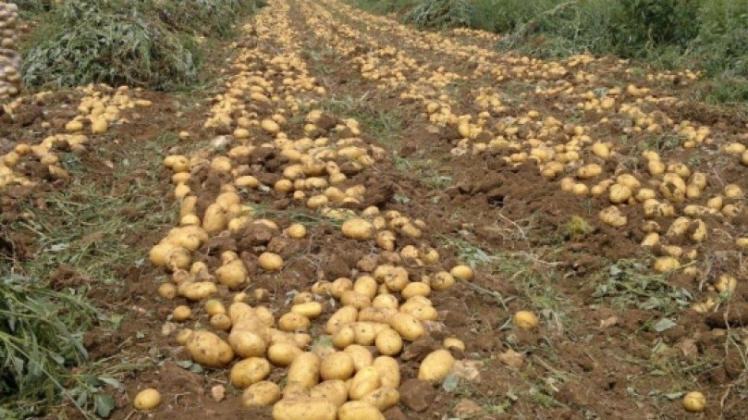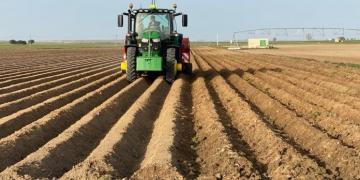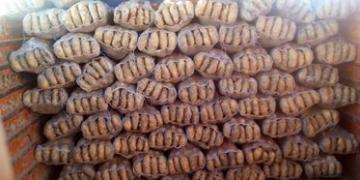EEUU: Turmoil ahead for global potato markets
BURLEY, Idaho — Widespread crop failure in Europe’s potato fields this past growing season is going to have markets scrambling for french fries and dehydrated potato flakes.

What’s happening globally will have a big impact on potato markets this year and next year as well, Bruce Huffaker, publisher of North American Potato Market News, said during the University of Idaho outlook seminar Dec. 12.
Production in Europe’s major potato exporting countries is down nearly 18 percent and 164 million hundredweight year over year.
A late spring delayed planting, and the crop was hit by drought in the summer, he said.
“EU processors are going to be hard pressed to replace raw product,” he said.
It’ll probably take Europe’s processing industry 18 months to really get corrected, and North American producers should keep an eye on the EU crop progress this coming year, he said.
“If they have another crop failure or a mediocre crop, they could have some serious problems,” he said.
Germany produces the most potatoes in Europe, and its 2018 crop was down more than 25 percent, he said.
North American processors have neither the capacity nor the raw product to offset EU losses in french fry production, but they’re going to fare better than growers because they can raise prices at will, he said.
U.S. dehydrators will be running at capacity to cover as much of the global flake supply shortage as possible, he said.
USDA estimates total North American potato production in 2018 was up 1.2 percent, with U.S. production up 2.8 percent and Canadian production down 5.3 percent. But official Canadian numbers weren’t in yet, he said.
The agency also estimates the U.S. fall crop at 417.37 million hundredweight, up 4.2 percent and potentially the largest fall crop since 2000.
“That may be the case, but I think that number is a little inflated,” he said.
The estimate doesn’t account for late-season losses in Wisconsin, which suffered a “harvest from hell,” he said.
In addition, production in the Columbia Basin — while the region brought in a great crop — is almost certainly overestimated, he said.
Idaho also had a great crop, and production was OK in Alberta. But elsewhere in North America there were lots of issues with production and quality. Canada’s industry is reporting it left more than 16,000 acres of potatoes in the ground due to a late harvest, he said.
Word has it that as much as 1.5 million hundredweight of Idaho potatoes have been purchased for shipment to a processing plant on Prince Edward Island. McCain Foods is ramping up frozen potato production at its Burley plant, and Basic American Foods is bringing potato dehydration capacity out of mothballs at its Blackfoot plant, he said.
“Markets are going to determine how potatoes are used,” he said.
But U.S. growers can expect fresh shipments of their 2018 crop to be down 1.9 percent. Disposition of the 2018 crop is expected to be down 13 percent for chips, and up 9.3 percent for dehydration and 2.3 percent for frozen, he said.
Fuente: www.capitalpress.com







